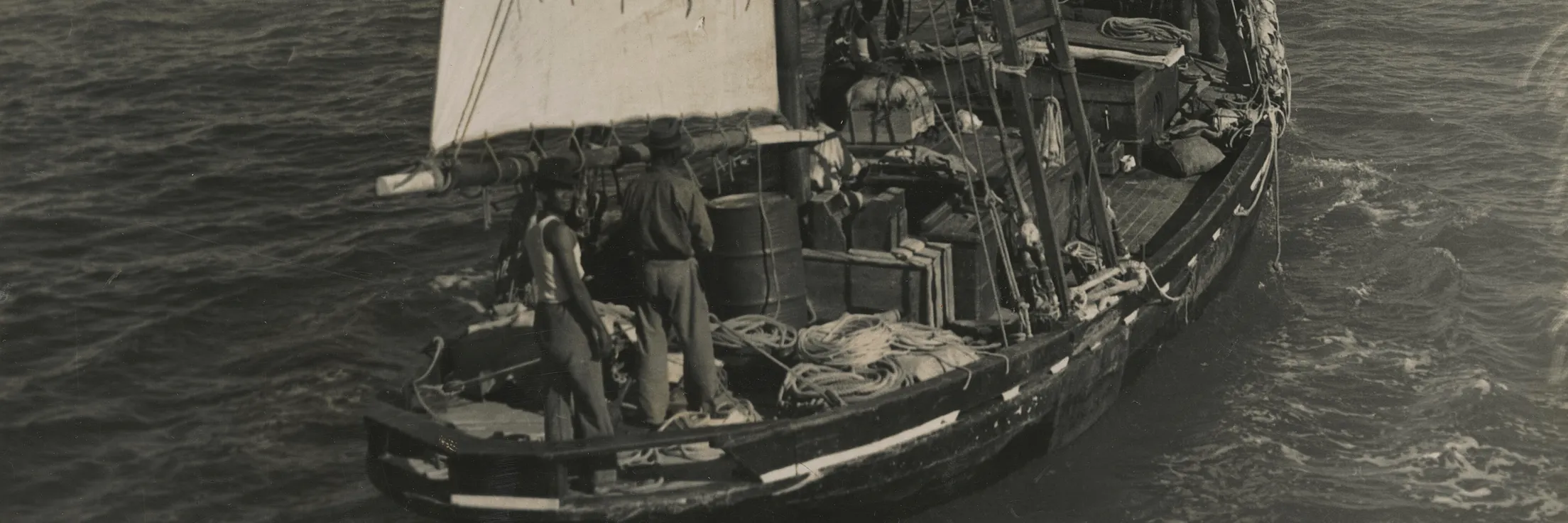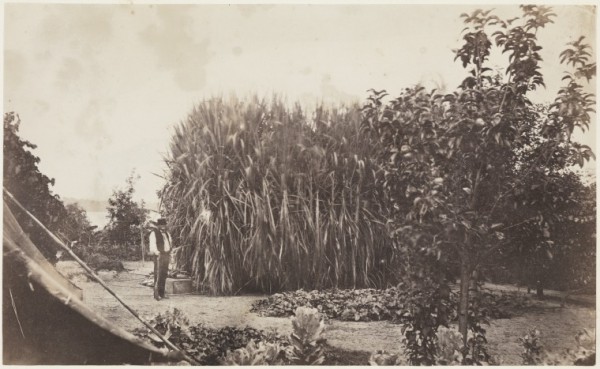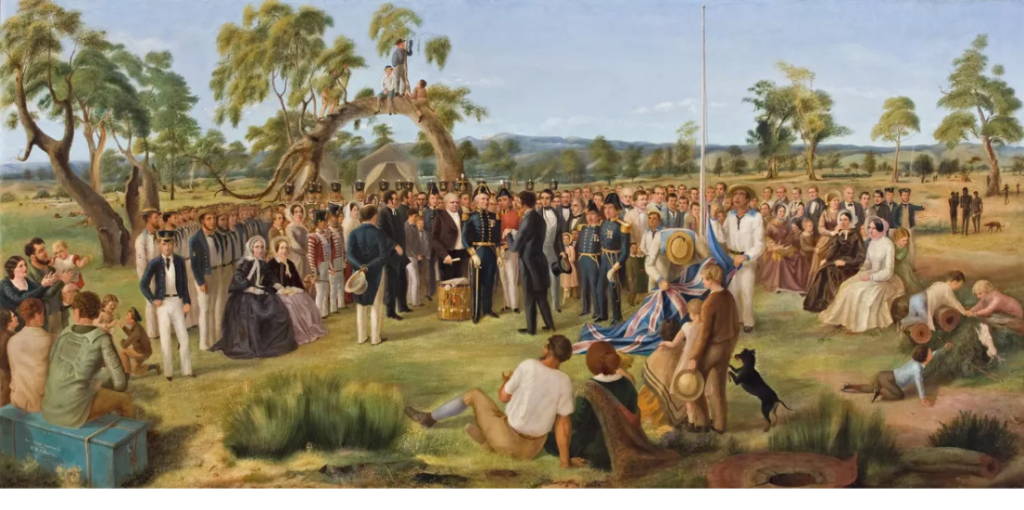
Project Themes
Biographies and People
A succession of South Australian and Victorian colonial governors had strong historical and ongoing links to the West Indian slave system, including Henry Barkly, whose father was compensated an enormous £132,000 for 4400 enslaved people across seven Caribbean colonies. Barkly’s gubernatorial career encompassed British Guiana, Jamaica, Mauritius and the Cape Colony as well as Victoria (1856-63). He intervened in debates on imperial free trade, pioneered colonial statistics and reporting, introduced indentured Asian labour to Guiana, and reformed colonial government across the empire, all whilst deriving profits from his Demerara plantation. Such life stories will help us to understand the ways in which Caribbean experience, changing attitudes, and new circumstances shaped Australian colonisation.
We will also seek to reconstruct the experience of those exploited by these systems or more marginal to conventional narratives of Australian history. For example, William Hickman was born into slavery in Jamaica around 1800, arriving in Swan River in 1829 under indenture to the first Colonial Secretary. During the 1840s Hickman was convicted of a series of thefts and passed ‘presents’ of clothes and food to Nyungar people on at least two occasions, prompting us to speculate on the sympathy he may have felt as a ‘man of colour’ for their plight during these years of dispossession.
Land and Capital
As slavery compensation payments were made, many chose to re-invest in South Australia and Victoria to take up land. Alongside emancipation, shifts in the global economy offered new opportunities for colonial investment – such as the removal of the East India Company’s trading monopoly in 1833.

In South Australia, Wakefield’s systematic colonisation scheme offered post-emancipation alternatives for investment through four joint-stock companies which founded the colony (the South Australian Land Company 1832, the South Australian Company 1835, the Bank of South Australia 1836, and the Union Bank 1837–8).
The largest transfers of capital from slavery to Port Philip supported the pastoral industry; a significant proportion of the capital fuelling early Port Philip pastoralism came from (especially Scottish) absentee investors who had established fortunes as planters and Atlantic merchants before emancipation and in some cases received compensation. Many individual pastoralists arrived with a personal or familial history of ownership or employment on Caribbean plantations. Other colonisers came to the Port Philip District to extend the operations of Atlantic merchants to Australia. As well as capital, these firms transferred experience accrued in the business of slavery to the Australian colonies.
Unfree Labour and Race
How did the abolition of slavery in the Caribbean shape labour regimes in the new colonies? A key consequence of abolition was to stimulate the demand for new forms of unfree labour around the empire, starting with Indian indentured labourers travelling to Mauritius in 1834. Australian historians recognise the c.1837 debate over ‘coolie’ (Indian) labour in New South Wales as the point when excluding non-white immigrants became official policy – terming it the ‘prehistory’ of the White Australia Policy. Yet the reality was far messier: in both South Australia and Victoria, schemes to introduce indentured Asian labourers were pursued – in South Australia, Indian ‘coolies’ arrived as early as 1838 – and in both places Aboriginal pastoral workers were exploited. Wakefieldian systematic colonisation in South Australia relied on assisted migration for labourers, and the absence of convict workers was central to South Australian identity. Colonial officials planned the recognition of Indigenous rights, yet the ‘discrepancy between intention and actuality’ produced a familiar pattern of conflict.
Port Philip District pastoralists struggled to attract sufficient workers, and in the 1840s imported ex-convicts from Van Deimans Land and Britain (the ‘Pentonvillains’), and proposed indenture schemes drawing on Malayan labour. Aboriginal pastoral workers comprised 3-5% of the PPD pastoral labour force even in the 1840s, but became crucial during the 1850s gold rush.
